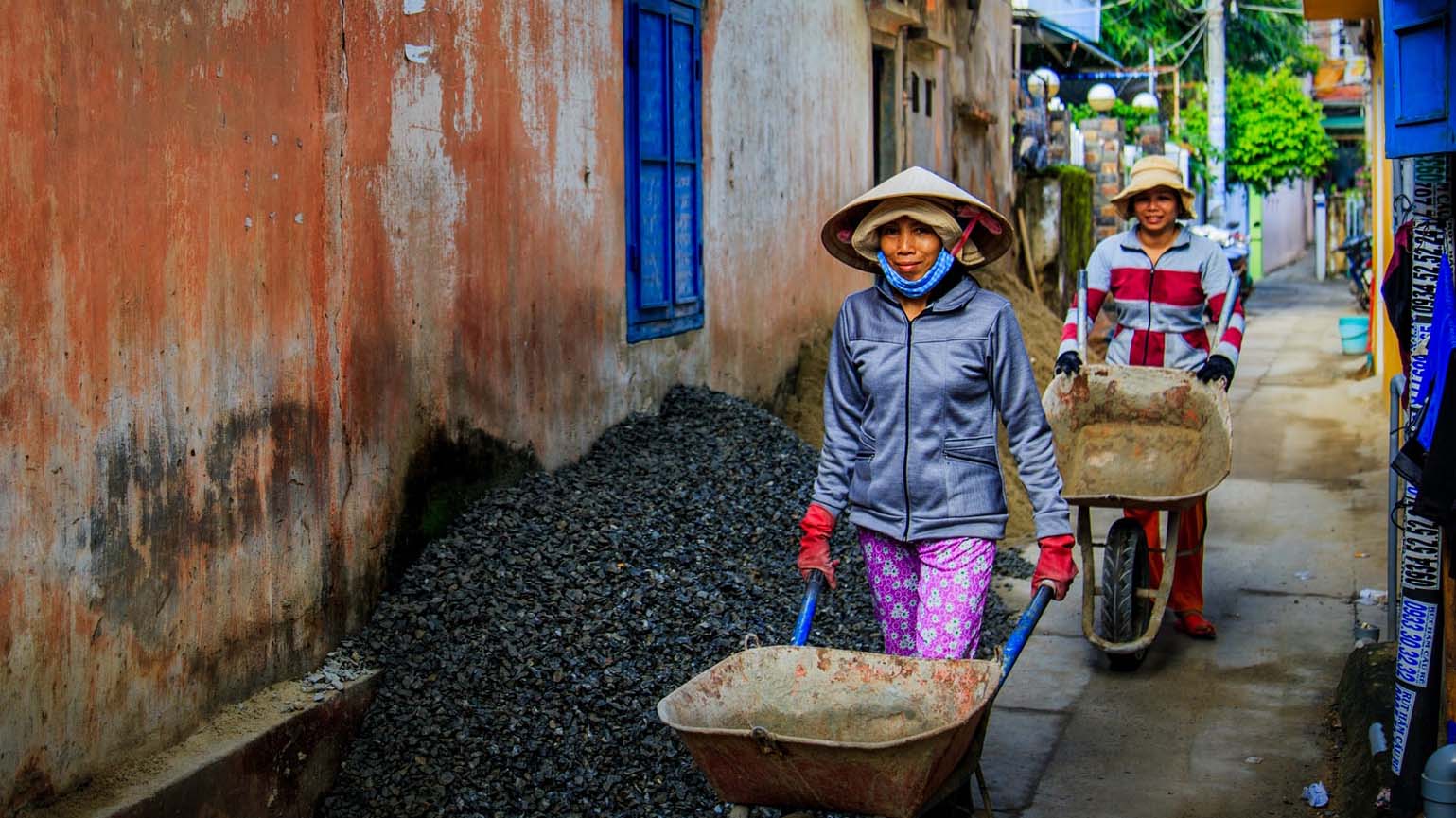1136 results found
Featured results



More results
This use case explores technologies that decrease Scope 1 greenhouse gas emissions from wastewater treatment processes.
3D printers can produce components on-site to enable a faster response to maintenance needs, reducing environmental impact from transportation and reducing service downtime.
Digital knowledge platforms that share data and knowledge on-site during construction and maintenance, making it readily accessible to all workers thereby reducing project time while also improving work quality and safety.
Combination of sensors and machine learning to predict timelines and modes of failure for physical and mechanical assets such as pipes, pumps, and motors.
Automated welding technologies used for pre-fabrication of pipes, tanks and treatment plants to reduce construction costs and project timeframes.
Artificial intelligence (AI) to optimise water and wastewater treatment processes through automated control and/or provision of decision support for plant operators.
This use case aims at creating a distributed, secure, reliable and smart sensing system in urban and suburban areas capable of collecting information and data to be shared with local governments and public authorities to improve management, quality and provision of public services.
The use of Blockchain, Artificial Intelligence and 5G to enable Smart-Cities-as-a-Service (SCcaas) and Platform-as-a-Service (PaaS) model to optimize the provision of existing public services.
Augmented Reality (AR) and Virtual Reality (VR) can be integrated in all stages of infrastructure planning and design to transport users into virtual environments that reveal what designs could look like when constructed and how they would impact upon the existing environment.
Augmented Reality (AR) and Virtual Reality (VR) can be used to deploy training programs and assist workers in performing asset inspections and maintenance works.
A water height and flood management system enables local authorities to predict flooding and avoid building infrastructure in high risk areas.
Developing infrastructure that is sustainable, resilient and inclusive is a complex endeavour and it is even more so in emerging markets.
Private investment in infrastructure through primary market transactions remains low at around US$100 billion per year and has been declining over the past decade according to a new Global Infrastructure Hub (GI Hub) report, Infrastructure Monitor 2020.
COVID-19 is the worst crisis since the Great Depression, and it will take significant innovation on the policy front to recover from this calamity.
Find out how water scarcity is shifting infrastructure development.


Infrastructure development should demonstrate social outcomes, argues Marie Lam-Frendo, CEO of the Global Infrastructure Hub.
World Bank Benchmarking Infrastructure Development 2020

Training program to upskill African infrastructure public servants commences

Infrastructure equities have an attractive risk-return profile providing a competitive alternative to other investment options.

















 Infrastructure Outlook
Infrastructure Outlook






